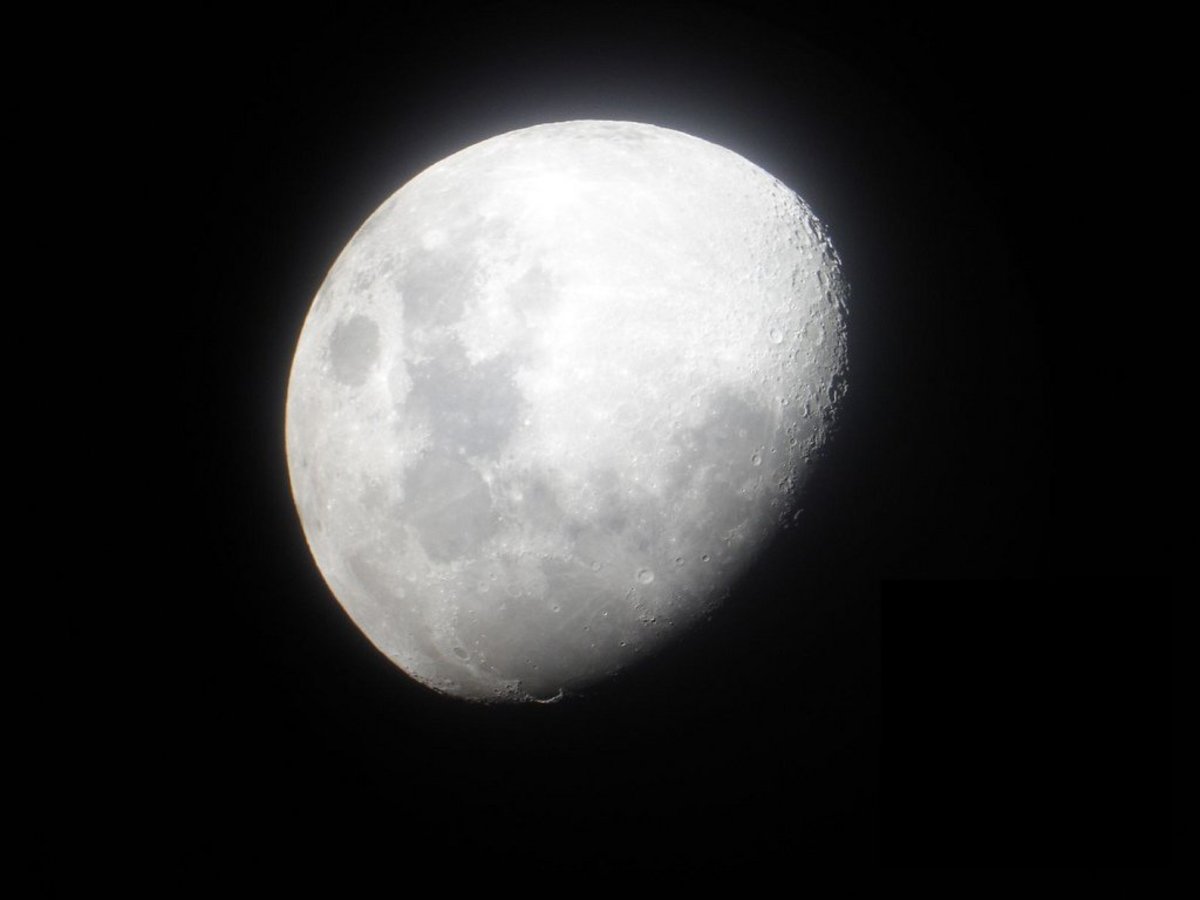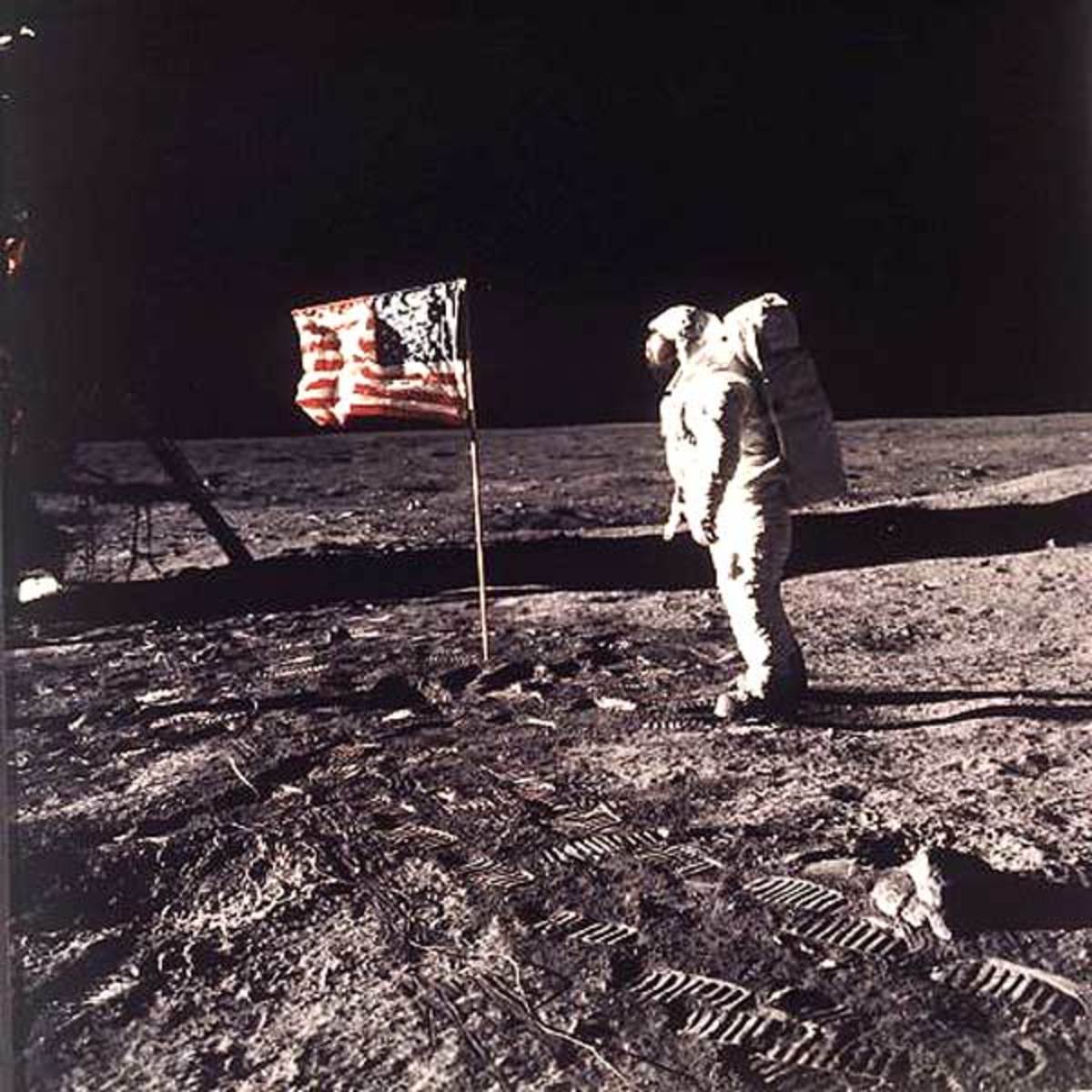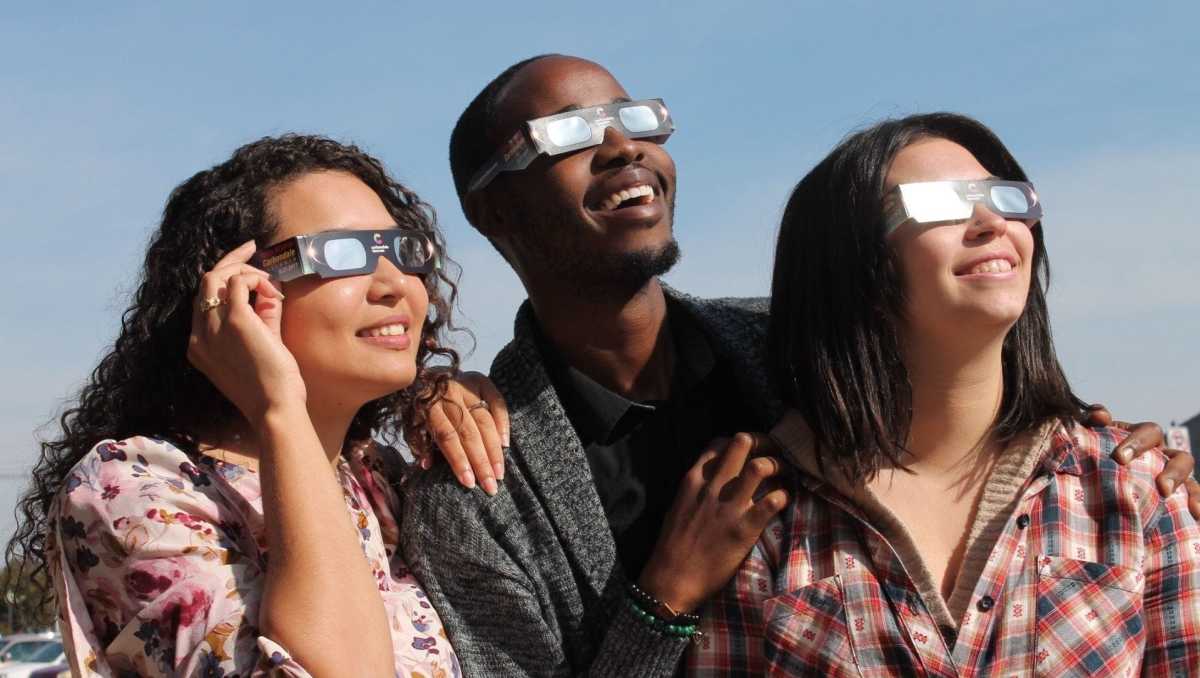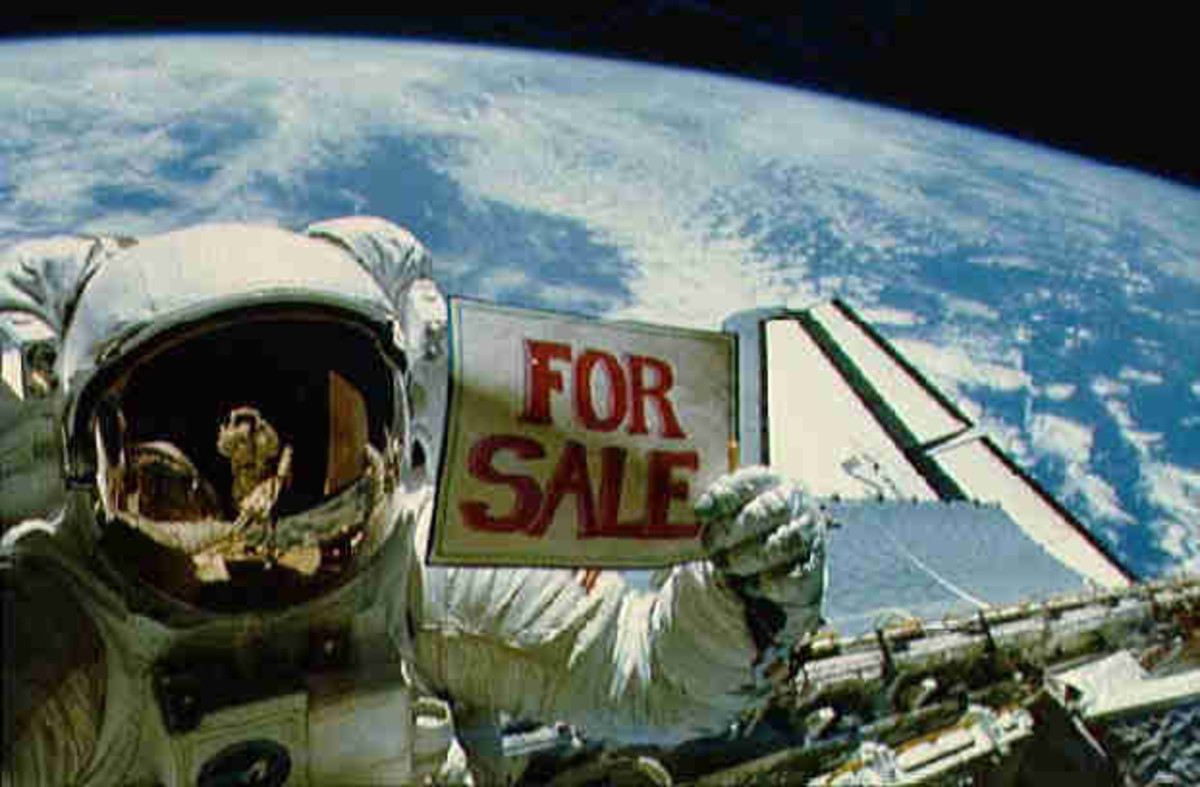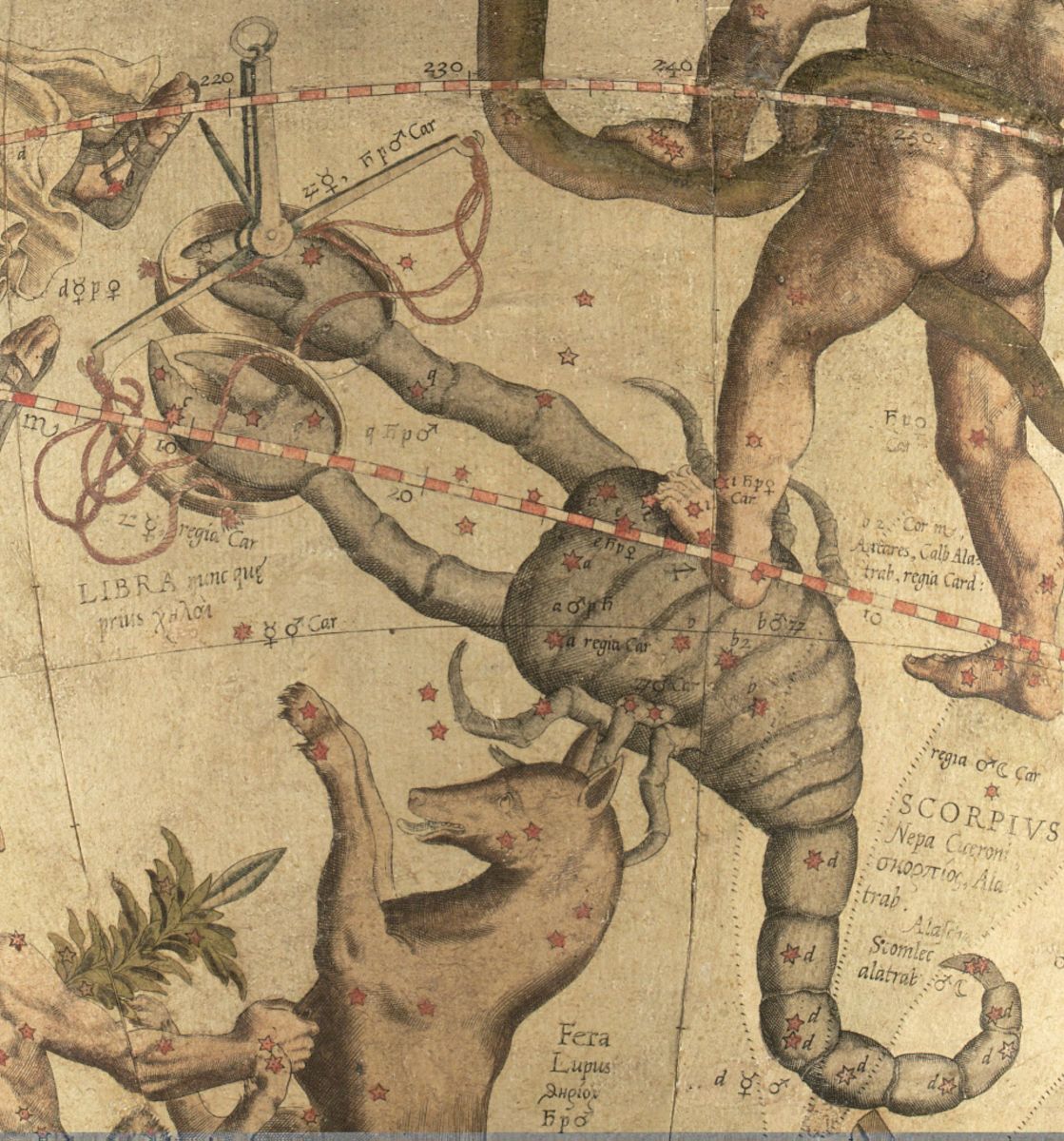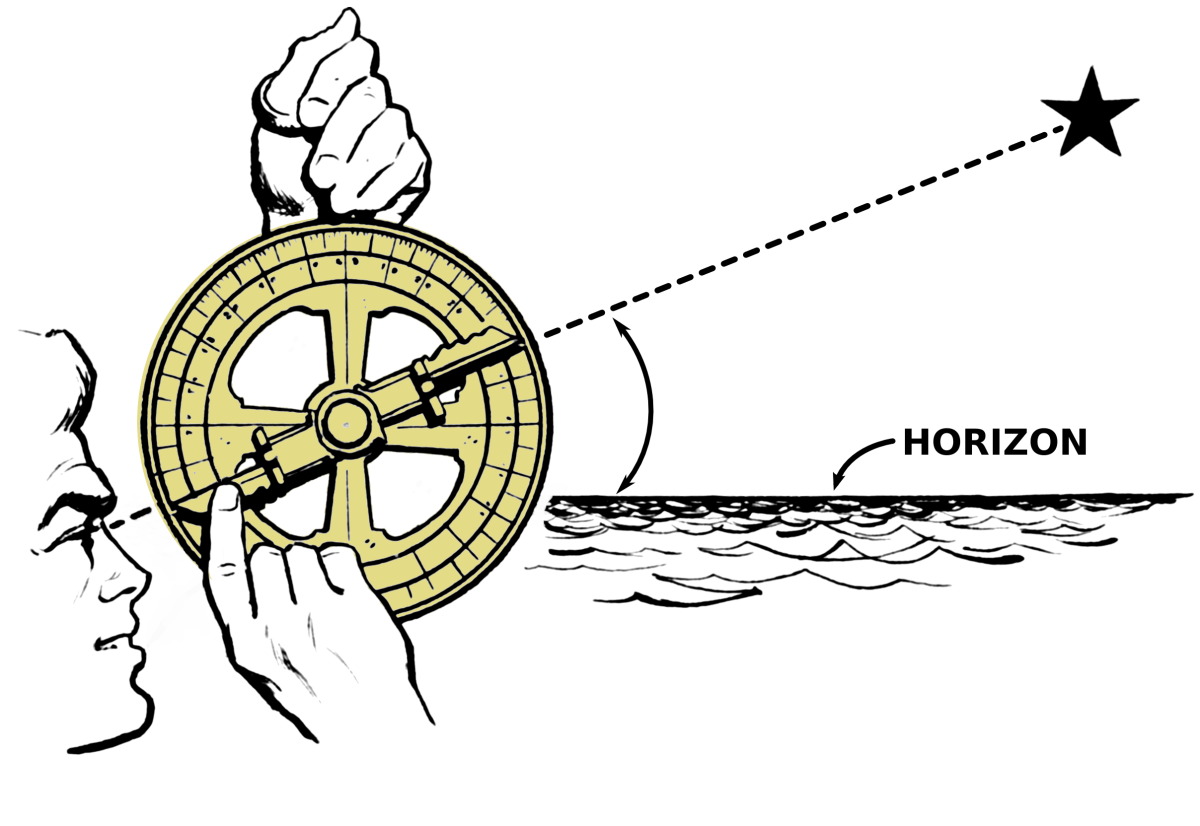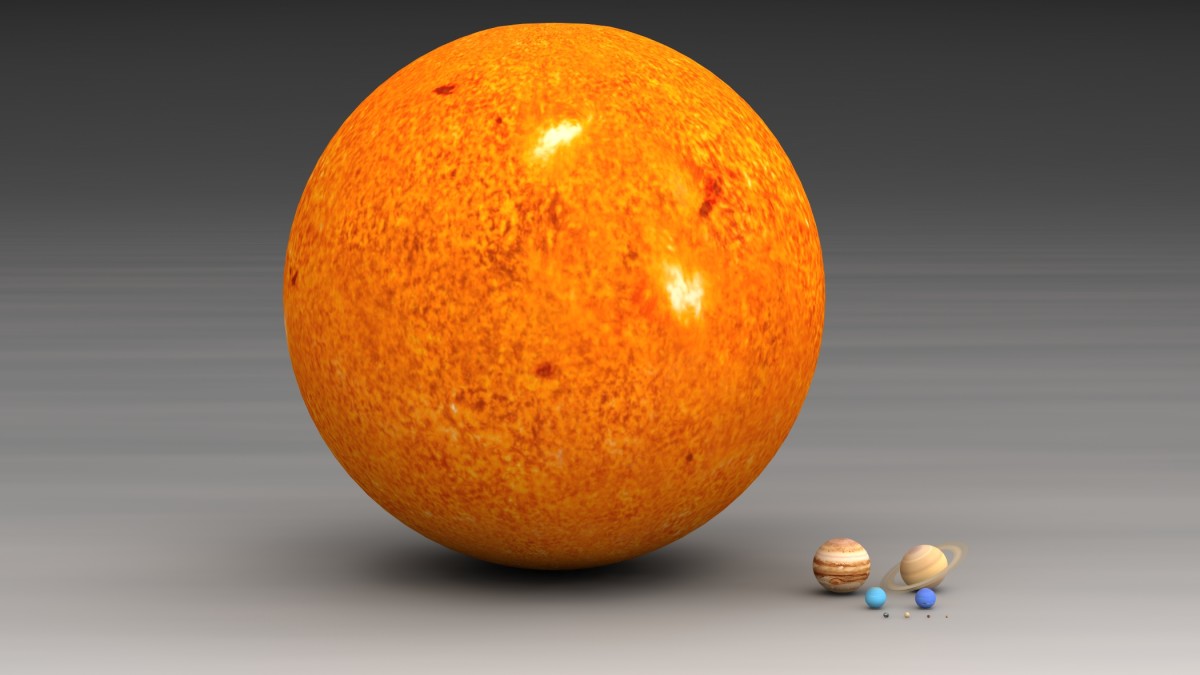About Lunar Eclipse
The Lunar Eclipses have frightened the primitive people for a long time as they did not comprehend the scientific phenomenon behind it. All that changed when the telescope was invented. But what exactly is a lunar eclipse, and how is it different from a solar eclipse? What are the myths associated with such happenings?
What is a lunar eclipse?
The moon orbits the earth in an elliptic path, while the earth orbits the sun. Sometimes, when the moon is full, it so happens that the sun, earth and moon are aligned in a straight line. The moon (eclipsed object) is behind the earth (eclipsing object), therefore, the earth prevents some or all of the sun's rays from reaching the moon. The moon, since it merely reflects sunlight, gradually grows smaller and begins to change colour as it passes through the shadow of the earth. Since the earth is round, the shadow cast upon the moon is curved as well.
A solar eclipse occurs when a new moon comes between the earth and the sun. It is dangerous for the eyes to look towards the sun at this moment because harmful filtered ultraviolet rays can burn vision cells. However, viewing a lunar eclipse without protection does no harm as its light is less intense.
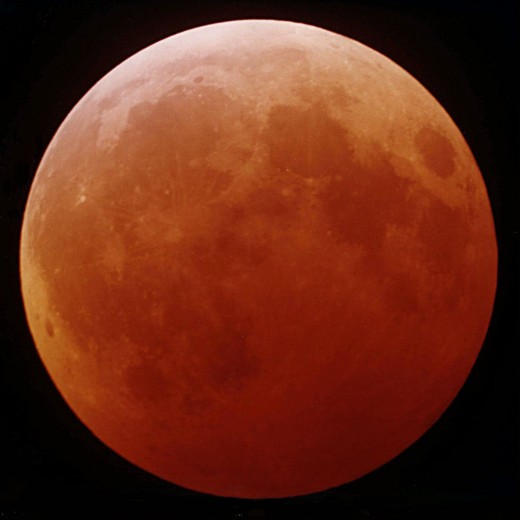
Scientific terms used for lunar eclipses
Totality - the earth is in totality when the entire moon is in the umbra (inner part of the shadow created by the earth). This can last up to 1.66 hours!
Ecliptic - the earth's path around the sun. When moon's orbit slants in the same direction as the ecliptic, and lines up behind the earth, an eclipse occurs. Usually, the slant may vary up to 5 degrees and that is why eclipses don't occur every night.
Saros - The cycle of eclipses (solar and lunar) repeats every 18.6 years. Some characteristics of the cycle are as follows:
- A solar eclipse always occurs two weeks before or after a lunar eclipse.
- Eclipses very often occur in threes, alternating lunar, solar and lunar.
- Lunar eclipses can occur up to three times a year.
- Solar eclipses can occur a minimum of two times a year and maximum of five times a year. They are visible in a narrow path that is about 300km wide.
Procedure
As the moon enters the umbra or penumbra of the earth, it begins to darken and a cloud seems to appear in front of it. The white area grows smaller and smaller, just as though the moon were completing its monthly cycle, but in a matter of a few minutes! Totality lasts for a greater part of the eclipse, and when the moon crosses the umbra or penumbra, i.e. reaches the other side of the shadow, it appears again as a new moon.
The entire full moon is visible in a matter of just three hours.
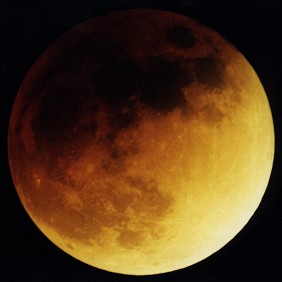
Types of lunar eclipses
Depending on the position of the moon, which determines the type of lunar eclipse, the moon may fade or turn to a reddish-brown or may only be very minutely visible.
- Total lunar eclipse - the moon passes directly behind the earth or through the centre of the earth's umbra. The moon is almost invisible.
- Partial lunar eclipse - when part of the moon passes behind the umbra, and a reddish-brownish or even orangish colour prevails on the moon.
- Penumbral eclipse - the moon passes through the penumbra (outer part of the shadow) of the earth. The effect on the moon's light is not too drastic to be noticed by you or I, because the slight dim in the illumination is only visible in very dark surroundings.
How to rate a lunar eclipse?
In the early 1900s a French astronomer Andri-Louis Danjon invented a scale (Danjon Scale) for rating the darkness of a total lunar eclipse. The luminosity value ranges between 0 and 4, depending on the darkness. A "0" would mean the moon was barely visible during totality, whereas an orange eclipse would fetch a "4".
Why the funny colours?
When the group of seven colours combined (violet, indigo, blue, yellow, orange and red) to form white light reaches the earth, some of these rays scatter on the earth, while others bend around our planet and reach the moon. The bent rays comprise the orange, red and yellow rays made of longer wavelengths, and are displayed on the moon's surface.
These same colours make the sky ever so pretty at sunset (the end colours of the prism) and dawn (the beginning colours of the prism)! This is because the respective light rays bend at those moments as well.
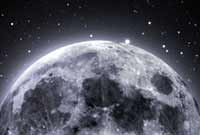
Did you ever notice?
During totality, many more stars are visible than during a usual full moon. This is because the bright moonlight make murky the fainter stars, and only very large or very close stars seem to shine.
Myths and lore related to lunar eclipses
A very long time ago, many creative minds came up with ideas that were to be associated with lunar eclipses for a very long time. Most of these were, as I said very creative indeed, but wisdom eventually triumphed and saved the moon from evil spirits! Here are a few stories:
As far back as 2134BC, the earliest records of the eclipse written by the Chinese tell us that they believed a dragon was engulfing the moon during an eclipse. The ingestion of the moon was extremely gory, with blood spluttering all over. They would beat mirrors and drums as well as shoot arrows in the sky to make the beast regurgitate and return the moon to its place.
Yet another caste of Red Indians perceive the moon as a man having 20 wives and numerous pets such as lions, bears and snakes. The man brings home some food for the pets; instead they pounce on him because they have distaste for the food. He bleeds, and that explains the reddish colour of the moon during an eclipse. A frog wife comes to his rescue and collects the blood to heal her husband! (Frog wife?)
However, the Greeks were more advanced in astronomy and stated that the earth was round, citing the shadow the earth casts as proof.
The Stonehenge, a famous Stone Age construction, was used to study the cycles of the moon and sun. It was, therefore, useful to the ancient people of England, to determine the schedule of eclipses.
Well, history is quite fascinating, but science is more remarkable. Next time you sight a lunar eclipse, you can admire it with full understanding and perhaps, make up your own story to back the episode!


